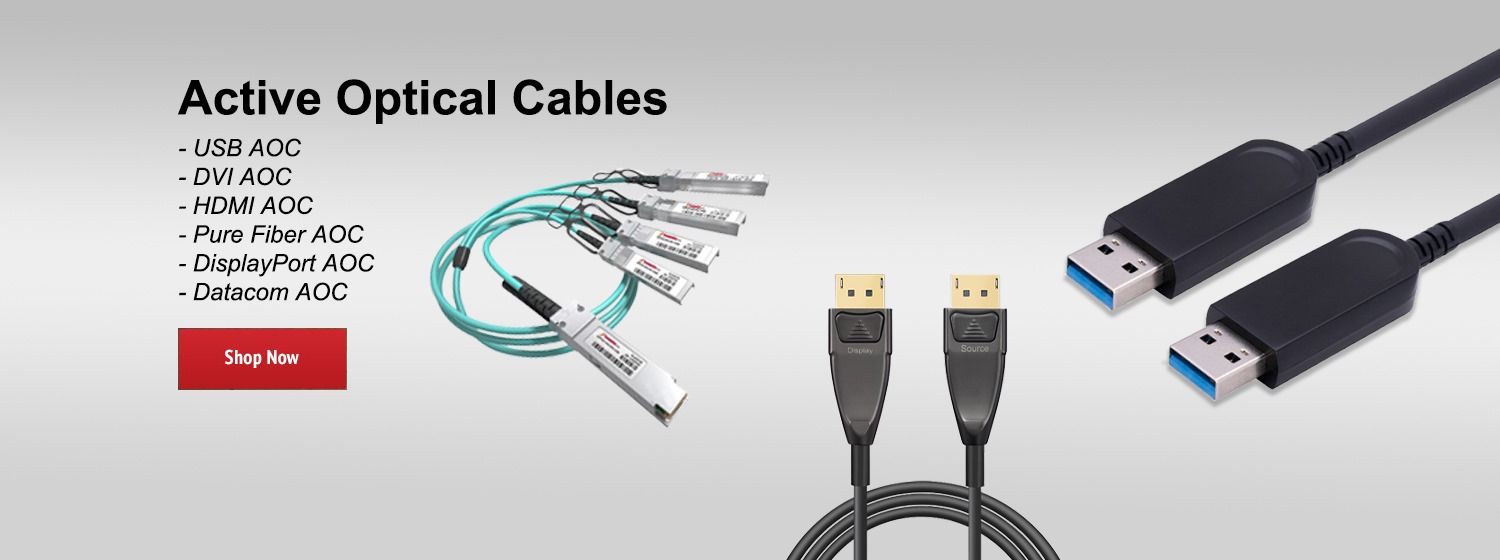What does a typical solar workflow look like?
Learn more about using Fluke tools in the solar industry - https://bit.ly/3fqO0Ff
There's different types of sites, whether it's residential or commercial, or even on the utility level.
Each one of these starts with a site survey. That's where we're going to take and use an irradiance meter. With that irradiance meter, we're going to be able to look at the BTUs coming from the sun and see exactly what that site's going to look like.
After this, we're going to really go out and check our system design. You're going to determine how many panels you can put on, see what the output of this site would look like.
When you do this type of work, you're going to need to get into the permitting aspect of it. Sometimes it's just an electrical permit that you would do on a residence. Sometimes on a utility level, you might have to get into some environmental permitting.
At this point, you're going to get into the installation part of it.
You're going to do your installation on your panels, you're going to put up your racking, your panels, you're going to be putting up all of your wiring, your wire management.
You'll also be doing your installations on the safety aspect, all of your disconnects, ground faults.
Finally, you're going to be going to your combiner boxes and getting into an inverter and then hooking up to the grid.
After you've done all this, you're going to be doing your reporting. And you're going to be doing commissioning. And then finally you have your operations and maintenance.
And this is where you're going to be going out and daily maintaining these or on a yearly basis, depending on what the site looks like.pv in
Learn more about using Fluke tools in the solar industry - https://bit.ly/3fqO0Ff
There's different types of sites, whether it's residential or commercial, or even on the utility level.
Each one of these starts with a site survey. That's where we're going to take and use an irradiance meter. With that irradiance meter, we're going to be able to look at the BTUs coming from the sun and see exactly what that site's going to look like.
After this, we're going to really go out and check our system design. You're going to determine how many panels you can put on, see what the output of this site would look like.
When you do this type of work, you're going to need to get into the permitting aspect of it. Sometimes it's just an electrical permit that you would do on a residence. Sometimes on a utility level, you might have to get into some environmental permitting.
At this point, you're going to get into the installation part of it.
You're going to do your installation on your panels, you're going to put up your racking, your panels, you're going to be putting up all of your wiring, your wire management.
You'll also be doing your installations on the safety aspect, all of your disconnects, ground faults.
Finally, you're going to be going to your combiner boxes and getting into an inverter and then hooking up to the grid.
After you've done all this, you're going to be doing your reporting. And you're going to be doing commissioning. And then finally you have your operations and maintenance.
And this is where you're going to be going out and daily maintaining these or on a yearly basis, depending on what the site looks like.pv in
- Category
- Fluke Networks
Be the first to comment






